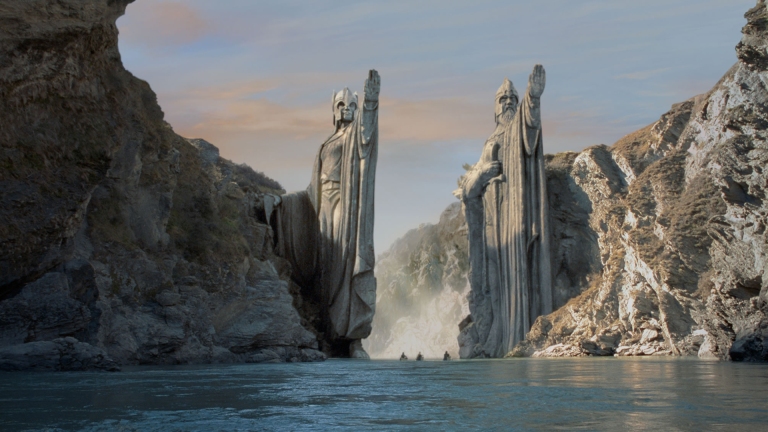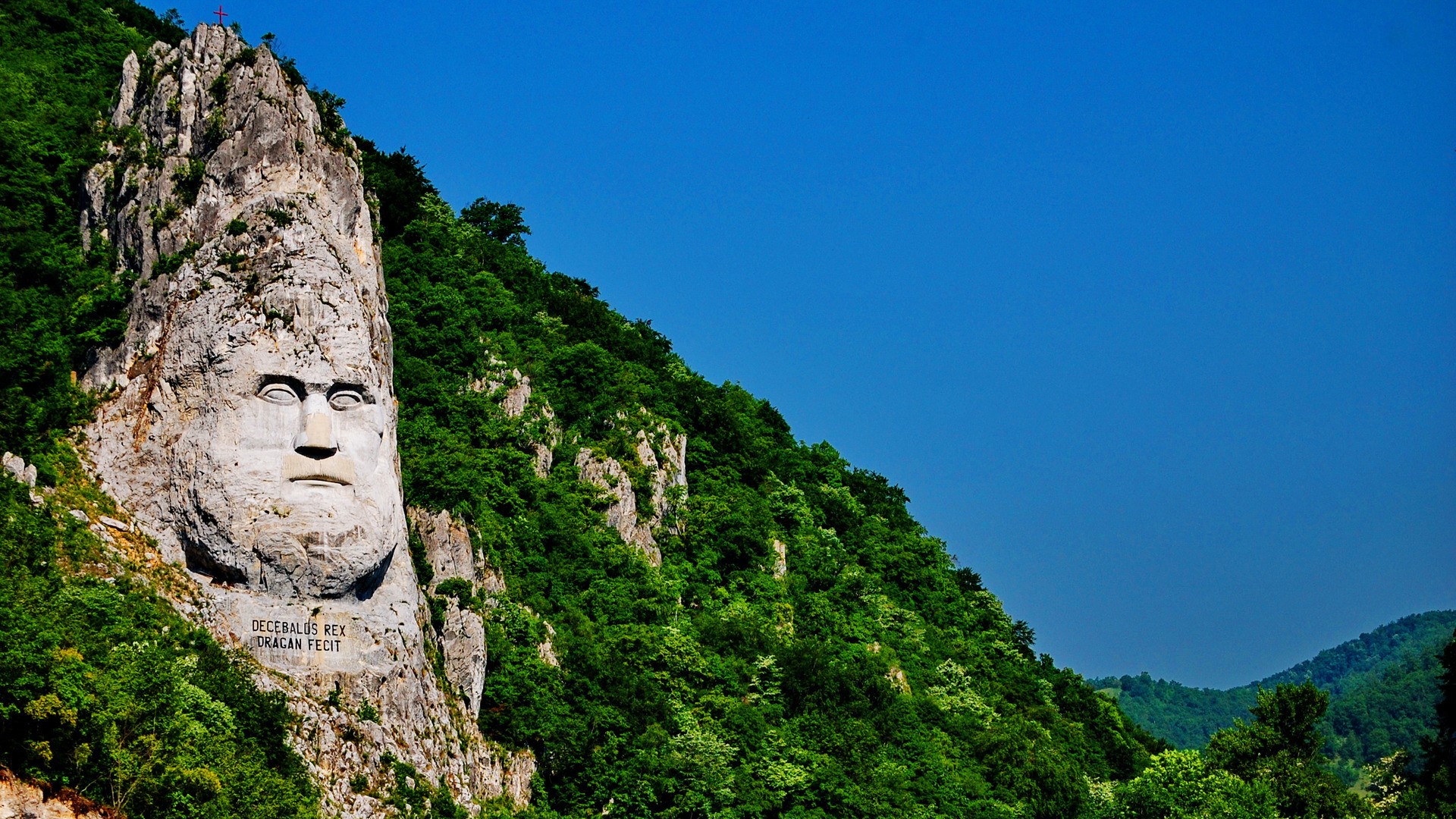We’ll get to the statue in a minute, but, in order to talk about someone’s statue, I think that first of all we should know who that someone was and what they have done to deserve a statue. So, let’s briefly talk about Decebalus:
- The historical region Dacia was at the peak of its power under the rule of king Decebalus, who led it between the years 87-106.
- He was known for the wars he led against the Roman Empire, the victory against the Emperor Domitian (Titus Flavius Caesar Domitianus Augustus) – thus securing a period of independence for Dacia.
- With the arrival of the Roman armies, led by Trajan (Imperator Caesar Nerva Traianus Divi Nervae filius Augustus), another Roman Emperor, Dacia was invaded and Decebalus was defeated, but he continued to impose the independence of his region, until the year 105 when the invasion was overwhelming. Dacia has been integrated into the Roman Empire.
- Decebalus committed suicide, choosing death to the humility of being captured and taken to Rome. The episode is depicted on Trajan’s Column (a monument commemorating Trajan’s victory in his war against Dacia). The column is placed in Rome.
Enough about Decebalus for now. Let’s move on to sculpted wonders.
Decebalus’ statue is the highest stone statue in Europe, with a height of 55 m and a width of 25 m. It is located in an extraordinarily beautiful natural setting, on the shore of the Danube river, near Orșova in the Mraconia gulf.
The construction of the statue began in 1994 and it was mostly completed by mountain climbers who chiseled it into the mountain using chisels and hammers. The works lasted for 10 years and they have been completed with the help of sculptors, but the monetary funds used for the construction of the monument have been offered by the billionaire Iosif Constantin Drăgan. Under the head of Decebalus there is also a Latin inscription reading DECEBAL REX – DRAGAN FECIT, translated as “King Decebalus – made by Drăgan”.
The stone face of the famous king of Dacia is said to represent the cultural identity of Romanians, which can be defined first of all through its dacian-tracian component.
One more thing before wrapping up…as most people, I spend half my day online, and surfing on 9gag I ran into a marvel of a post (it was quite some time ago to be honest) – where the poster compares images from The Lord Of The Rings to various landscapes in Romania. The statue of Decebalus was joined with the following image (Argonath):


Fine, I’ll let this one go. I still don’t think they resemble, but I agree that the setting is similar. As in…a statue, next to a river. That’s about all. Good thing we don’t all need to have the exact same opinion 😀

With the Statue, the Mraconia monastery and a trip down the Danube, my visit was one of the busiest and best days sightseeing.
LikeLiked by 1 person